|
| |
Tunnel Profilometry By Light Sectioning:
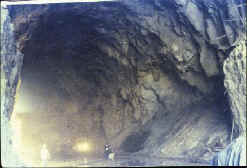 |
Overbreak, and underbreak are problematic when driving tunnels, as in this
16 m diversion tunnel in Aqua Milpa, Mexico. These mistakes need to be rectified,
usually at no small cost. How much is the damage? Who pays for it? |
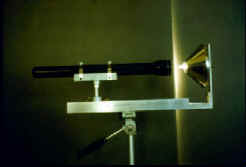 |
The light sectioning method was developed to quantify the volumes of rock
involved. The method makes use of a radially projected then beam of light. |
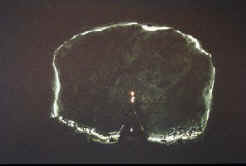 |
When projected in a tunnel, and imaged from a distance, the beams
highlights the profile of this drift in a Canadian mine. |
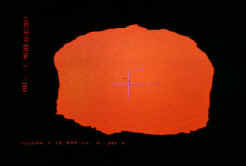 |
Image processing techniques can be used to calculate the volume of
excavated material. |
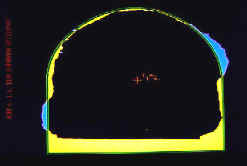 |
Image processing techniques can be used to measure overbreak, as in this
example from the Mexican tunnels. The measured tunnel profile is overlain onto the
design profile. Overbreak (blue) and underbreak (yellow) are defined outside of the
of the specified tolerance (green) of the design.. |
In the case of case of the Agua Milpa tunnels, overbreak and
underbreak were quantified, and compared to rock mass quality (Q) and blasting factors
(ppf). Statistical analysis of all results indicated that rock mass quality was more
significant in causing overbreak, while perimeter powder factor was more significant in
causing underbreak. |
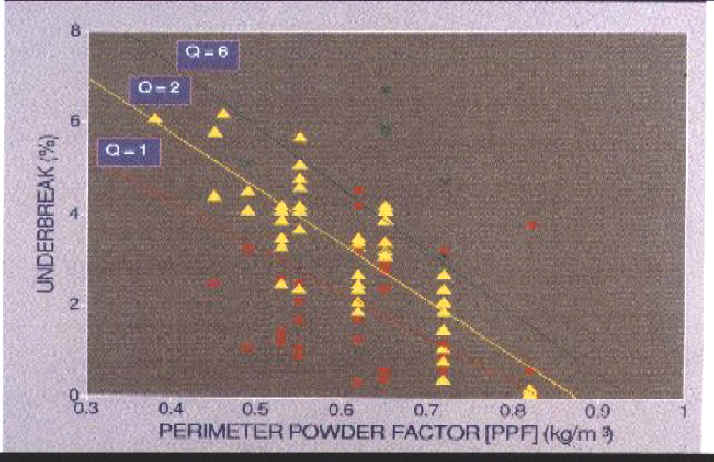
REFERENCES:
Maerz, N. H., Ibarra, J. A., and Franklin, J. A., 1996. Overbreak
and underbreak in underground openings. Part 1: Measurement using the light sectioning
method and digital image processing. Journal of Geotechnical and Geological
Engineering 14, pp. 307-323.
Ibarra, J. A.,
Maerz, N. H., and Franklin, J. A., 1996. Overbreak
and underbreak in underground openings. Part 2: Causes and implications. Journal of
Geotechnical and Geological Engineering 14, pp. 325-340.
Franklin, J. A., Ibarra, J., and
Maerz, N. H., 1990. Blast
overbreak measurement by light sectioning. Int. J. of Min. and Geol. Eng., v 7, pp.
323-331.
|
|

